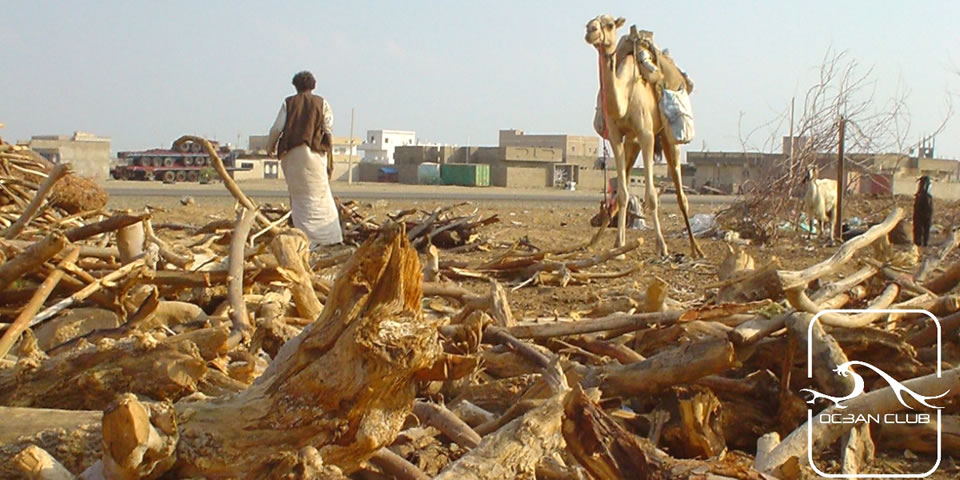General Information
Sudan gateway to Africa
The name Sudan derives from the Arabic expression bilād al-sūdān (“land of the blacks”), by which medieval Arab geographers referred to the settled African countries that began at the southern edge of the Sahara. Since ancient times the Sudan region has been an arena for interaction between the cultural traditions of Africa and those of the Mediterranean world. Islam and the Arabic language achieved ascendancy in many northern parts of the region, while older African languages and cultures predominated in the south.
For more than a century, Sudan—first as a colonial holding, then as an independent country—included its neighbor South Sudan, home to many sub-Saharan African ethnic groups. Prior to the secession of the south in 2011, Sudan was the largest African country, with an area that represented more than 8 percent of the African continent and almost 2 percent of the world’s total land area.
Land
Sudan is bounded on the north by Egypt, on the east by the Red Sea, Eritrea, and Ethiopia, on the south by South Sudan, on the west by the Central African Republic and Chad, and on the northwest by Libya.
Relief
Sudan is mainly composed of vast plains and plateaus that are drained by the Nile River and its tributaries. This river system runs from south to north across the entire length of the east-central part of the country. The immense plain of which Sudan is composed is bounded on the west by the Nile-Congo watershed and the highlands of Darfur and on the east by the Ethiopian Plateau and the Red Sea Hills (ʿAtbāy). This plain can be divided into a northern area of rock desert that is part of the Sahara; the western Qawz, an area of undulating sand dunes that merges northward into the rock desert; and a central-southern clay plain.
Most of northern Sudan is a sand- or gravel-covered desert, diversified by flat-topped mesas of Nubian sandstone and islandlike steep-sided granite hills. In south-central Sudan the clay plain is marked by inselbergs (isolated hills rising abruptly from the plains), the largest group of which forms the Nuba Mountains (Jibāl Al-Nūbah). The western plain is composed primarily of Nubian sandstones, which form a dissected plateau region with flat-topped mesas and buttes. The volcanic highlands of the Marrah Mountains rise out of the Darfur Plateau farther west to elevations between approximately 900 and 3,000 metres above sea level. These mountains form the Nile-Congo watershed and the western boundary of the clay plain.
In northeastern Sudan the Red Sea Hills region is an uplifted escarpment. The scarp slope facing the Red Sea forms rugged hills that are deeply incised by streams. The escarpment overlooks a narrow coastal plain that is 16 to 40 km wide and festooned with dunes and coral reefs. Farther south the eastern uplands constitute the foothills of the Ethiopian highland massif.

